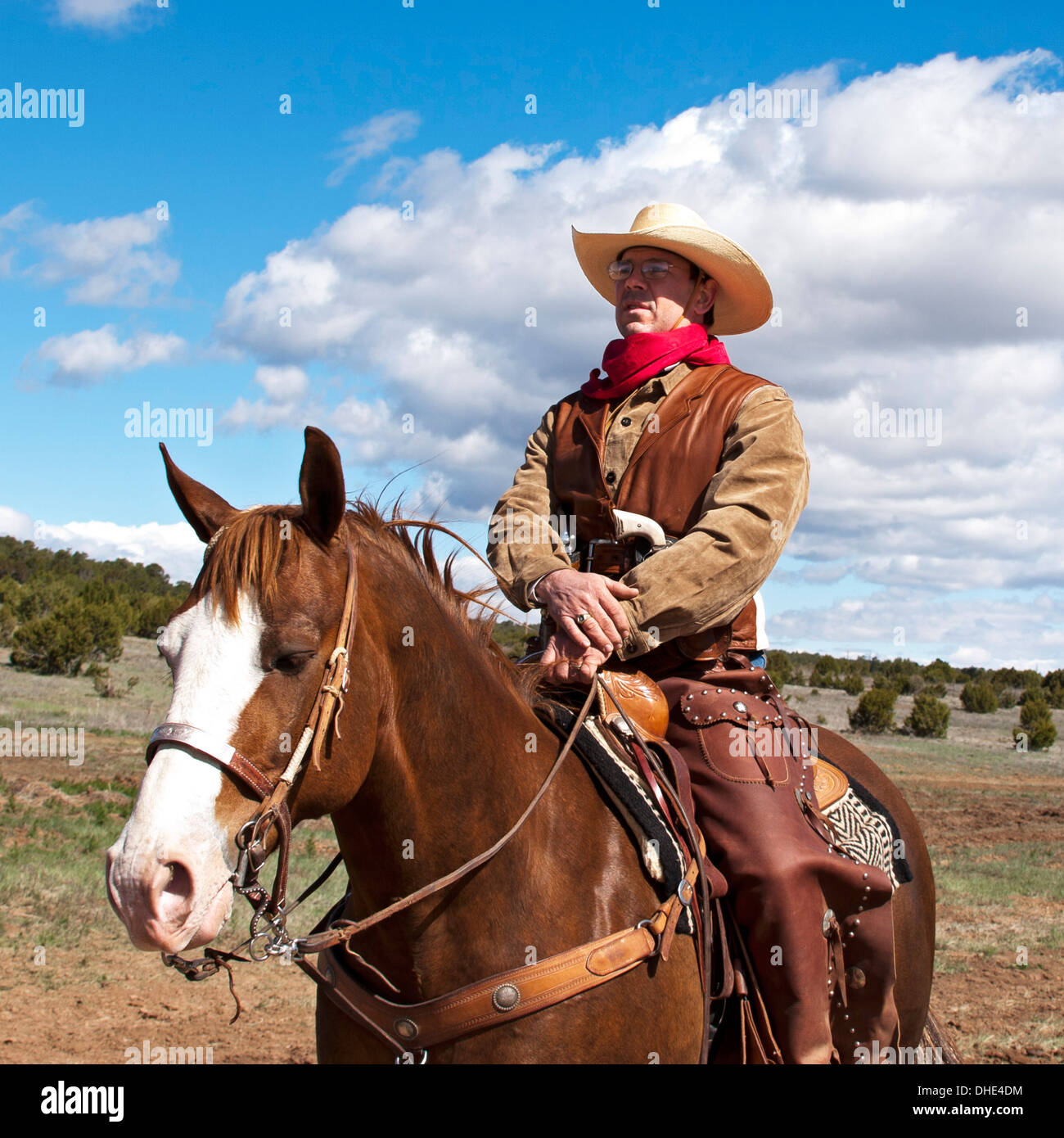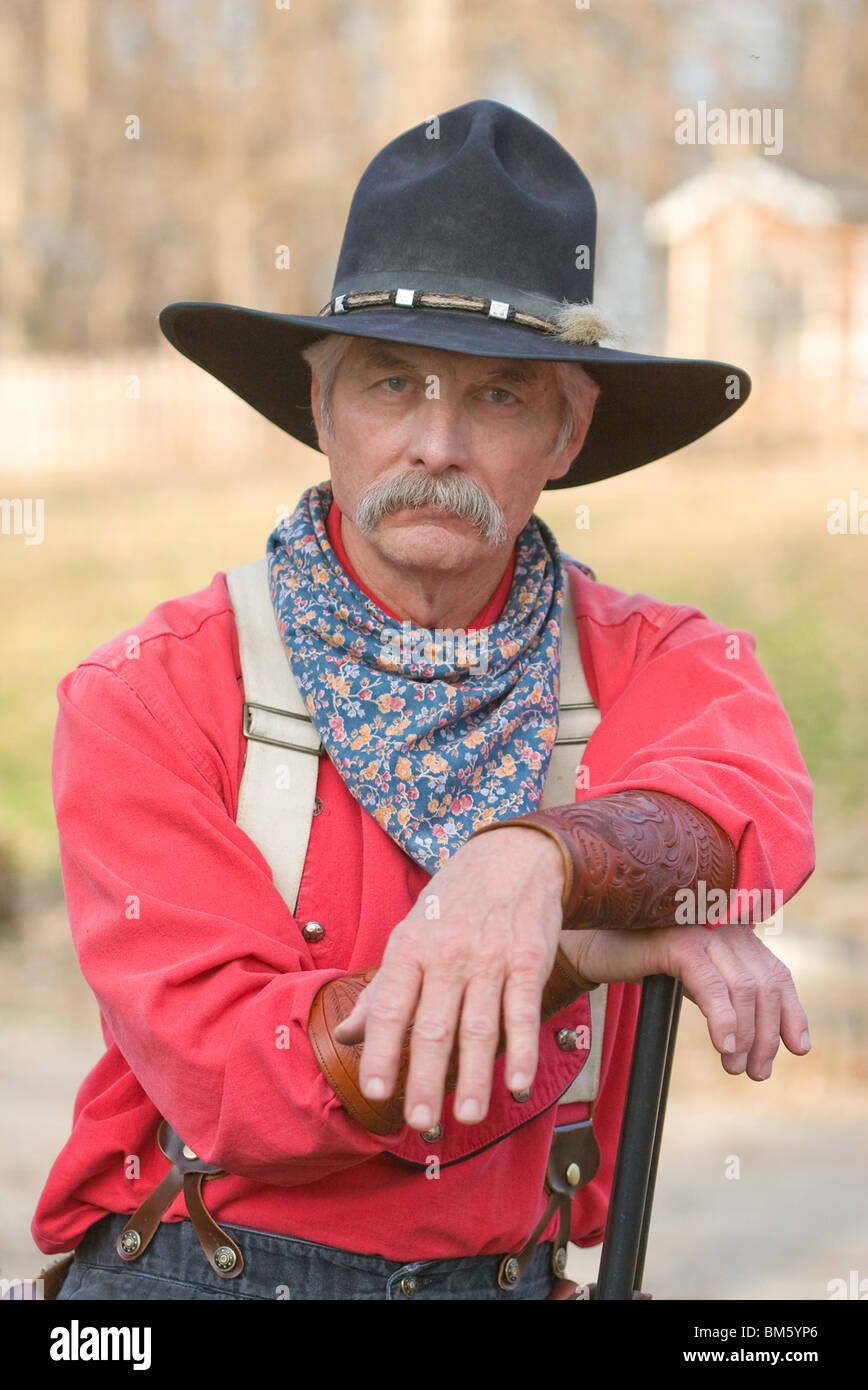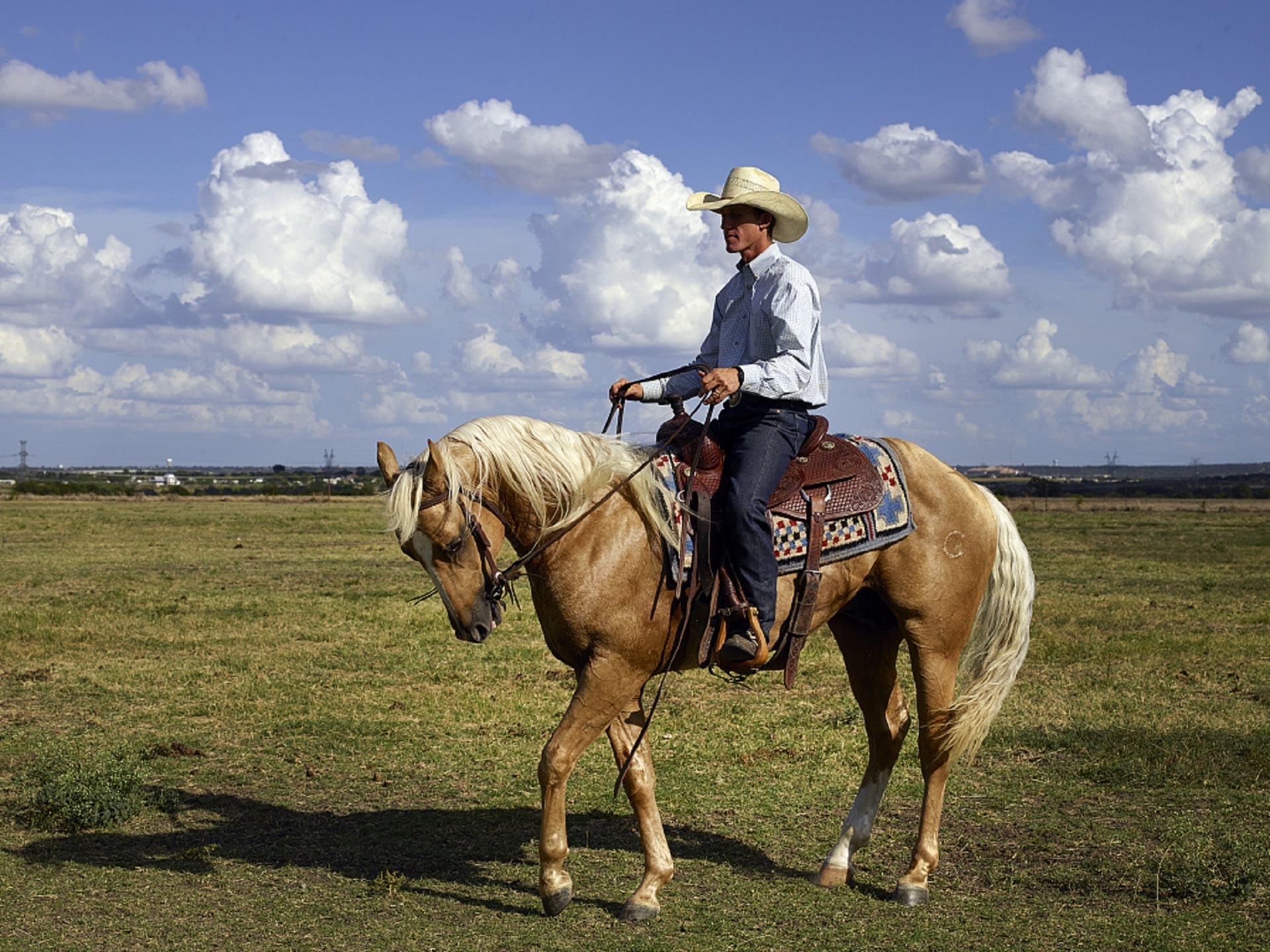Cowboy Dinner Yellowstone - An Authentic Western Feel
Table of Contents
- A Warm Welcome to the Wild West
- The Enduring Spirit of the American Cowboy
- What Makes Cowboy Culture So Special for a Yellowstone Gathering?
- How Do Cowboy Skills Shape the Yellowstone Experience?
- What Visual Language Defines the Cowboy for a Yellowstone Dinner?
- Different Kinds of Cowboys - A Yellowstone Perspective
- Who Keeps the Cowboy Story Going Near Yellowstone?
- How Can You Connect with the Past at Your Yellowstone Dinner?
Yellowstone, a place of stunning natural beauty and wide-open spaces, really calls to mind the spirit of the American West. It is a spot where the echoes of a simpler, yet very demanding, way of life still seem to linger in the crisp mountain air. People come from all over just to feel that connection to history and the raw, untamed land, so it's almost a natural fit for certain kinds of experiences.
This sense of the West, you know, it’s often tied closely to the figure of the cowboy. Though their beginnings were in Mexico, American cowboys truly made a way of life and a reputation that was all their own. For a long time, their well-known lifestyle has been celebrated in stories and films, shaping how many of us picture the rugged frontier.
- Taylor Swift Houston Tx
- Kristi Yamaguchi Husband
- Zach Bryan Ex Rose
- Kim Kardashian Wrapping Paper
- Lucy And Stephen Dating
Thinking about a special gathering, perhaps a cowboy dinner Yellowstone style, brings together that classic Western charm with the incredible backdrop of the national park. It's about more than just a meal; it’s about feeling a piece of that rich history, about experiencing a bit of the cowboy world right there in a truly special setting.
The Enduring Spirit of the American Cowboy
The story of the American cowboy, it’s quite something, isn't it? While the roots of this way of life can be traced back to the vaqueros in Mexico, the cowboys of America carved out a very distinct identity for themselves. This identity, which includes their unique customs and reputation, has really captured people's imaginations for generations. It’s not just about riding horses or herding cattle; it’s about a certain kind of independence and a connection to the land that feels deeply American, basically.
Over the years, this well-known way of living has been presented in a very appealing light in countless books and movies. These stories have played a big part in how we all picture the cowboy, turning them into figures of adventure and freedom. From the dusty trails of old Westerns to the more recent portrayals, the cowboy’s journey through history has been painted with a sort of heroic brush, you know, making them larger than life in our minds.
- Olivia Hussey Christopher Jones
- Mahomes Crying Pic
- Steven Yeun Acceptance Speech
- Leaked Photos Of Vanessa Hudgens
- Tornado Warning California Scotts Valley
Even today, the cowboy holds a very special spot in the collective thoughts of folks across America. This lasting appeal is quite remarkable when you think about it. It speaks to something deeper in the American experience, perhaps a longing for simpler times or a respect for hard work and self-reliance. The image of the cowboy, with all its associated feelings and stories, continues to resonate strongly, truly showing how much this figure means to us all.
In various parts of the country, from the wide-open plains of Montana to the sunny stretches of Florida, real cowboys still play a really important part in everyday American society. It’s not just a thing of the past; these folks are still out there, working the land and keeping traditions alive. There are, actually, quite a few places where the cowboy way of life is still very much active and thriving, showing that this culture is far from just a historical curiosity.
What Makes Cowboy Culture So Special for a Yellowstone Gathering?
When you think about bringing a bit of that Western flavor to something like a cowboy dinner Yellowstone style, it helps to understand what makes cowboy culture so compelling. It's more than just a few old tales; it’s a whole set of ways of behaving, things people prefer, and how they appear, all tied to the attitudes, ethics, and history of the American cowboy. This culture is something that has grown over time, shaped by the real experiences of those who lived and worked on the range, and it brings a certain authenticity to any gathering.
The core of this culture, you see, is built on certain principles that are still respected today. Things like honesty, a strong work ethic, a sense of community, and a deep respect for nature are all part of what makes the cowboy spirit so enduring. These are qualities that many people admire, and they lend a genuine feel to any event trying to capture that Western charm. It’s about more than just dressing the part; it’s about feeling that underlying sense of character, so it's almost like stepping back in time.
Consider, for a moment, how these elements might come together for a Yellowstone gathering. The natural beauty of the park itself, with its vast landscapes and wild animals, mirrors the very environment that shaped the cowboy’s life. Adding the cultural aspects of the cowboy, whether through storytelling, music, or just the general atmosphere, creates a truly immersive experience. It’s a way to feel connected to the land and its history in a very personal way, you know, making the occasion quite memorable.
The appeal of this culture is pretty universal, too. It speaks to a sense of adventure and resilience that many find inspiring. For a cowboy dinner Yellowstone event, this means guests aren't just eating a meal; they're getting a taste of a legendary way of life. It’s about celebrating a part of American heritage that continues to capture hearts and minds, providing a unique backdrop that few other themes could match, basically.
How Do Cowboy Skills Shape the Yellowstone Experience?
The life of a cowboy, you know, called for more than just being tough; it truly asked for a special set of abilities. It wasn't enough to simply have a determined spirit; there was a deep need for refined talents that helped folks handle the day-to-day work on the wide-open land. Think about it, really, these individuals had to master things that might seem quite ordinary to them but are pretty extraordinary to others.
One of the most important parts of a cowboy’s life was expert horsemanship. It wasn’t just about riding; it was about truly understanding these powerful animals, forming a connection that allowed them to work as one unit. Horsemanship meant knowing how to handle a horse in any situation, whether moving cattle or just traveling across vast distances. This mastery of riding, you know, was something that truly set experienced ranch hands apart from others.
Then there was roping, a skill that looks simple in movies but takes years of practice to perfect. It was a vital tool for catching and controlling livestock, requiring incredible precision and timing. A good roper could quickly and humanely handle animals, which was a big deal for keeping a ranch running smoothly. This kind of hands-on ability, you know, really shows the practical side of cowboy life.
Beyond these specific tasks, cowboys needed to be able to find their way across the wide-open country. This meant having a deep knowledge of the land, understanding weather patterns, and knowing how to survive in remote areas. These essential cowboy skills, like knowing the lay of the land and how to manage animals, really showed who the seasoned ranch hands were. For a cowboy dinner Yellowstone experience, while you might not be roping cattle, the stories and demonstrations of these skills can add a really engaging element, connecting guests to the practical realities of the past.
These abilities, passed down through generations, are a big part of the cowboy’s enduring appeal. They speak to a life lived close to nature, where personal capability and a keen awareness of your surroundings were absolutely necessary for getting by. When you think about these skills in the context of a Yellowstone gathering, they bring a sense of history and authenticity that’s hard to find anywhere else, making the cowboy dinner Yellowstone event feel truly grounded in tradition.
What Visual Language Defines the Cowboy for a Yellowstone Dinner?
The look of the cowboy, you know, is something that’s instantly recognizable, and it’s a big part of what gives a cowboy dinner Yellowstone gathering its special feel. Cowboy clothing, including those distinctive hats, the sturdy boots, and even the way they talk, is deeply set into what folks generally like and think of as Western. These items aren't just clothes; they're symbols of a way of life, each piece telling a bit of a story about the person wearing it and the work they do.
Take the cowboy hat, for instance. It’s more than just something to keep the sun off your face; it’s a statement, a symbol of the West itself. Different styles of hats might even tell you a little about where a cowboy comes from or what kind of work they do. For a Yellowstone dinner, seeing these hats, or even wearing one, immediately sets a certain mood, bringing that classic Western charm right to the table, so it's almost like a costume that tells a tale.
And then there are the boots. Not just for walking, cowboy boots are built for riding and for handling the rough terrain of the ranch. Their unique design, with a higher heel and pointed toe, serves a real purpose in the saddle. They’ve also become a fashion statement, of course, but their origins are firmly rooted in practicality. Including these elements in the setting for a cowboy dinner Yellowstone event really helps to paint a picture of authenticity and history.
Even the way cowboys speak, their particular jargon, is a part of this visual and cultural language. Words and phrases that might seem unique to outsiders are commonplace in the cowboy world, reflecting their daily experiences and values. While you might not be learning to talk like a cowboy at your dinner, the overall feeling created by the visual cues, like the hats and boots, truly brings that cowboy spirit to life. It helps to create an atmosphere that feels genuine and connected to the rich heritage of the American West, basically.
Different Kinds of Cowboys - A Yellowstone Perspective
It’s interesting to think that cowboys come in many different varieties, isn't it? When people picture a cowboy, they often have one image in mind, but the truth is, there’s a whole spectrum of what it means to be a cowboy. The working cowboy, who spends their days on a ranch handling livestock and living a rugged life, is very different from, say, the urban cowboy, who might just enjoy the style and culture without the daily grind. There are, actually, many other flavors in between these two extremes, showing just how diverse this culture can be.
The working cowboy, for example, is someone whose life is truly defined by the demands of the land and the animals. Their skills, their clothing, and their whole outlook are shaped by the practical needs of ranching. Their connection to the traditions is deep, born from necessity and generations of practice. When you think about a cowboy dinner Yellowstone experience, it's often this authentic, working-cowboy spirit that people hope to capture, the one that speaks of real grit and connection to the earth.
On the other hand, the urban cowboy, or someone who simply appreciates the cowboy culture, might express their connection through music, fashion, or a love for Western stories. They might not ride a horse every day, but they still feel a strong pull towards the values and symbols of the cowboy. This shows that the culture isn't just limited to those who work on ranches; it’s something that can be embraced and celebrated by many different kinds of people, so it's almost like a shared identity.
For a cowboy dinner Yellowstone gathering, understanding these different types can help shape the experience. It allows for a broader appreciation of the culture, recognizing that the cowboy spirit lives in many forms. Whether it’s through the stories of real ranch life or the enjoyment of Western music and decor, the rich variety of cowboy culture offers plenty of ways to connect with this unique part of American heritage. It means the experience can be as authentic or as broadly appealing as you like, really.
Who Keeps the Cowboy Story Going Near Yellowstone?
The story of the cowboy, you know, isn't just something from the past; it’s very much alive and being told today. There are folks who are dedicated to keeping this rich heritage present for new generations. For instance, the creation of new stories, like the screenplay for "Cowboy" written by Adair Cole, based on a story by Jess Carson and directed by Cameron Duddy, shows how these narratives continue to be created and shared. This kind of creative work helps to keep the cowboy’s unique position in the American imagination strong and visible.
The official plot summary for this particular film, as shared by Deadline, suggests a continued interest in the real lives and experiences of cowboys. This ongoing interest in storytelling, whether through movies, books, or even live performances, is a big part of why the cowboy culture remains so vibrant. It means that the tales of expert horsemanship, roping, and finding your way across the open range are still being heard and appreciated by a wide audience, which is good for preserving the history.
The people behind these projects, like Lucas Smith of Endgame, Matt Graham, William Lowery, and Ian Bryce of Ian Bryce Productions, who are producing "Cowboy," play a big part in keeping the cowboy story in the public eye. And with folks like Foster executive producing alongside David Keinath, it shows that there’s a continued commitment to bringing these narratives to life. These individuals, through their creative and production efforts, are essentially the modern-day storytellers, ensuring that the legacy of the cowboy continues to be shared and understood.
When you consider a cowboy dinner Yellowstone event, these modern storytellers, or the spirit of their work, can be a subtle but powerful presence. It’s about recognizing that the cowboy isn't just a historical figure, but a living, breathing part of American culture, constantly being reinterpreted and celebrated. This connection to ongoing narratives helps to make any Yellowstone gathering feel more dynamic and relevant, linking the past to the present in a very engaging way, basically.
How Can You Connect with the Past at Your Yellowstone Dinner?
Connecting with the past at something like a cowboy dinner Yellowstone event is all about bringing the spirit of the cowboy to life in a way that feels genuine and memorable. It’s about more than just the food; it’s about the feeling, the stories, and the sense of history that comes with this unique American figure. You want to create an atmosphere where people can truly feel a part of that enduring Western heritage, you know, making the experience really special.
One way to do this is by focusing on the elements of cowboy culture that are deeply set into what folks generally like. Think about the iconic cowboy garb: the hats, the boots, even the distinctive way cowboys talk. While guests might not be dressing head-to-toe in authentic gear, the presence of these items in the decor or even as subtle nods can instantly transport people to that Western setting. It helps to set the scene and remind everyone of the rich traditions being celebrated, so it's almost like a living museum.
Another approach is to weave in stories of the cowboy’s life, perhaps through entertainment or even just casual conversation. The life of a cowboy called for more than just being tough; it truly asked for a special set of abilities. Tales of expert horsemanship, the skill of roping, and the challenge of finding your way across the wide-open country are all parts of what made seasoned ranch hands stand out. Sharing these kinds of stories can make the

Western Cowboy And Horse

Old West American Cowboy Photo Stock - Alamy

Cowboy Free Stock Photo - Public Domain Pictures